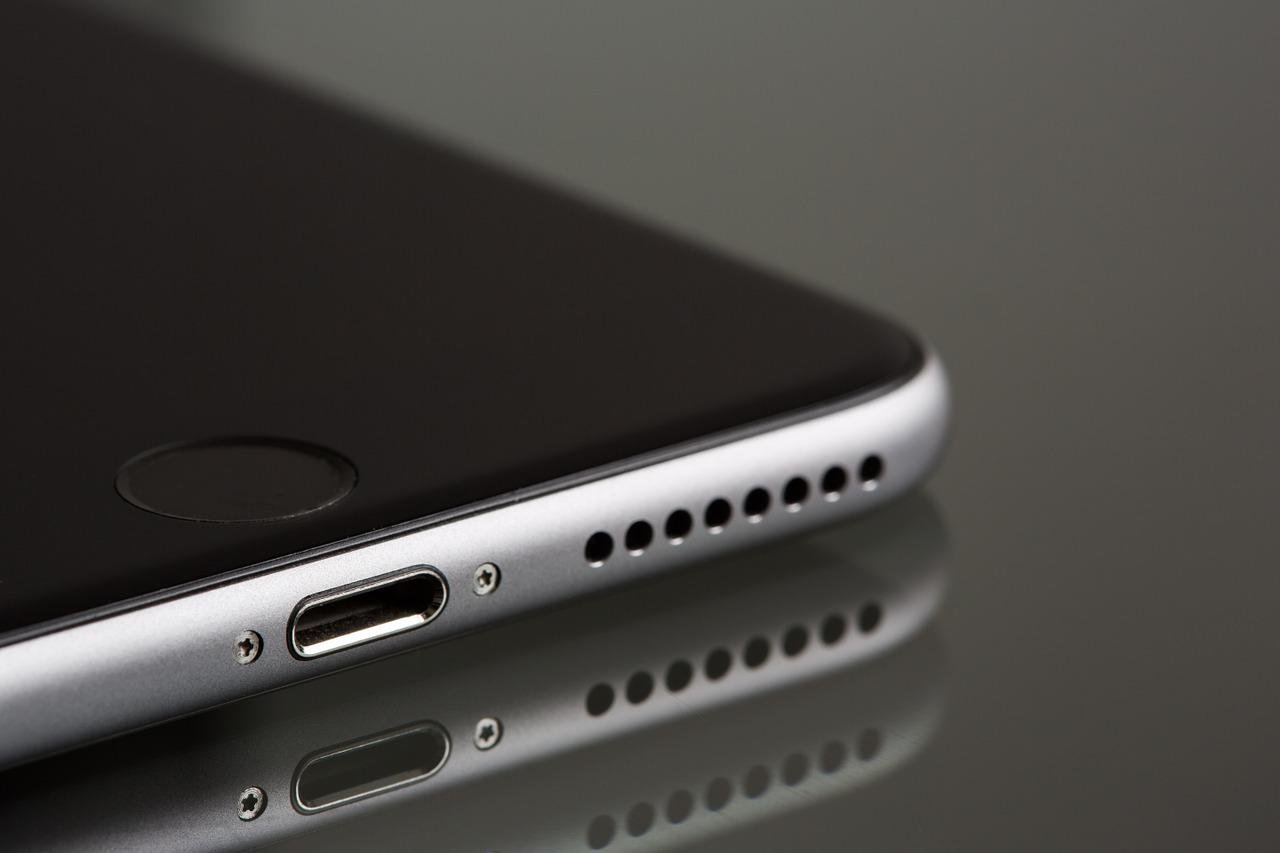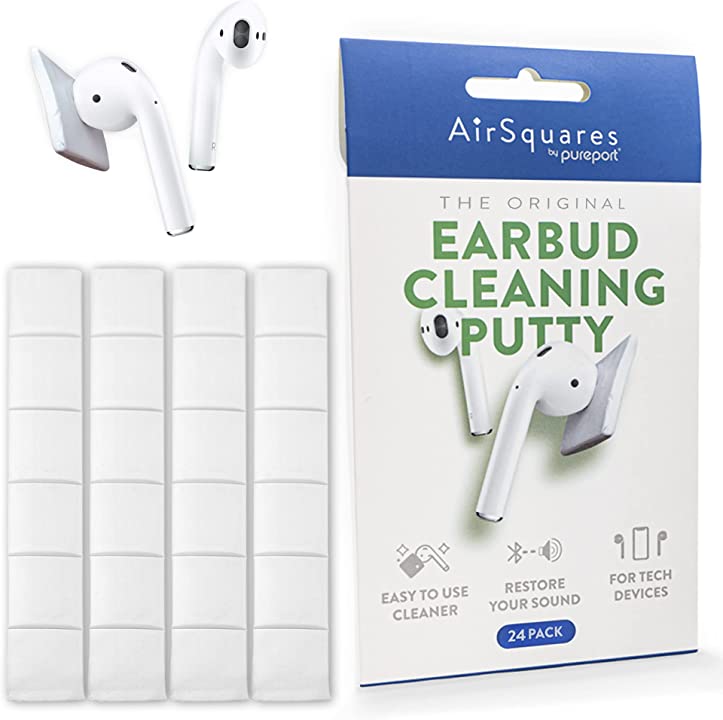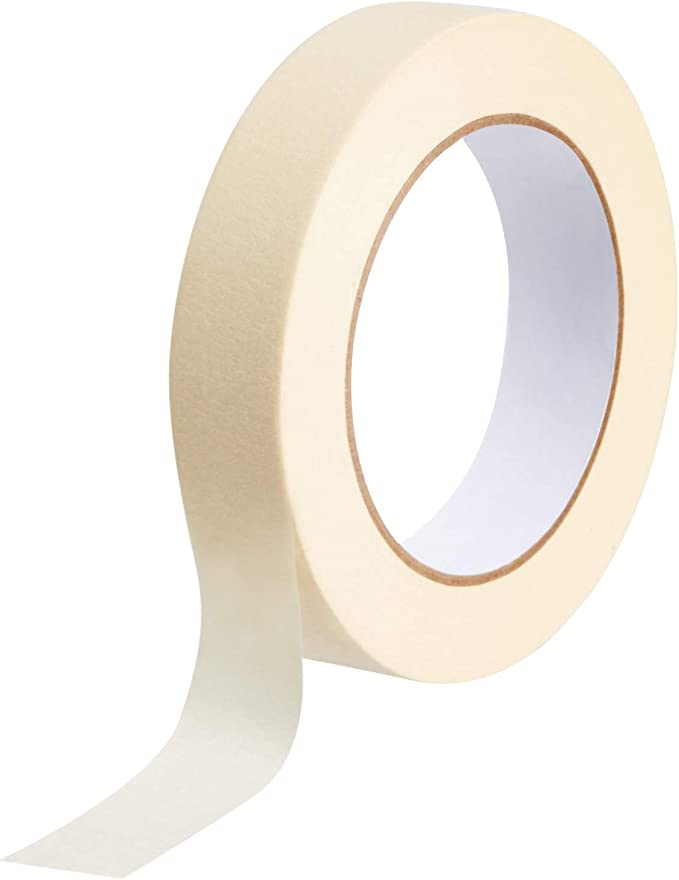Affiliate links on Android Authority may earn us a commission. Learn more.
How to clean the speakers on your iPhone
The iPhone speakers are one of the most important parts of the device. When the speakers start acting up, then you’ve got a problem. Assuming it’s not a hardware issue, and you simply have to clean the speakers from all the gunk in your pockets, the solution is a very easy one, requiring no more than 15—20 minutes of your time. You just need to exercise extreme caution, though — the speakers are a very easy area to damage, and if you permanently damage them, you’ll be paying to get them replaced. Dirt will be the least of your problems.
Read more: Is your iPhone speaker not working? Here are 7 fixes
QUICK ANSWER
To clean the speakers on your iPhone, use a soft-bristled brush like a toothbrush, painting brush, or cotton bud. Lightly brush over the speakers, holding the phone at an angle, so the blockages don't get forced further in. You can also use painter's tape and cleaning putty to gently prise away any dirt and grime. Under no circumstances use anything sharp or liquid.
JUMP TO KEY SECTIONS
Things you should avoid when cleaning the speakers on an iPhone

The speakers are one of the most delicate parts of an iPhone. Therefore, you need to handle them with extreme care. Therefore, we recommend that you do not do the following.
- Don’t use sharp objects to get any blockages out. This includes toothpicks, tweezers, paper clips, and anything else metallic. If it’s sharp, keep it well away from the speakers. Many sites recommend toothpicks, but really, don’t do it.
- Don’t use rubbing alcohol or any kind of cleaning liquid, including water. Like sharp objects, liquids should be kept far away from the iPhone speaker port.
- Don’t use canned compressed air. People obviously periodically use these products for electrical items like keyboards, but the iPhone speakers are too delicate for the force produced by canned compressed air. At the very least, you could end up forcing any blockages further into the speakers, making a difficult situation even more difficult.
How to properly clean the speakers on an iPhone
Now that we’ve covered what you shouldn’t do, let’s now focus on what you should do. Basically, the watchword here is caution. Go slow and be gentle.
Use a soft-bristled brush

Apple themselves recommends that you use a soft-bristled brush, such as a toothbrush (although, shockingly, they don’t sell an ‘Apple Brush’ in their online store!) You could also use a cosmetics brush, a painting brush, or cotton earbuds. As long as they’re soft and not sharp, then you’re good to go.
- Hold the phone at an angle with the speakers pointing down (so the gunk falls out, not pushed in any further).
- Lightly brush over the speakers with the brush. Try to get the bristles inside the speaker ports, but don’t force them. Remember, go gentle.
- Every so often, shake the phone once in a downward motion to expel any dreck that the bristles have dislodged. Resist the temptation to blow inside the speakers. Your saliva will not help when you accidentally spit into the phone. Remember what we said about no liquids reaching the insides of those speakers? That includes drool.
Earbud cleaning putty

Another interesting option to try, perhaps alongside the brush, is cleaning putty. You need a putty that will cleanly come away from the phone when you pull it back. You don’t want any traces of it sticking to the speakers, which clearly won’t help.
One putty which seems to come highly recommended by many people is AirSquares. It’s marketed as a cleaning solution for AirPods, but iPhone users have also used it to clean their speakers to apparently great success. Just take a piece of putty, roll it onto the speakers and microphone, and roll it off again. Resist the urge to use BLU-Tack or childrens play-dough. You’ll likely end up having to scrape bits out of the speakers for eternity afterward.
Painter’s tape

If you want a cheaper, less sophisticated, old-school method, then painter’s tape (a.k.a. masking tape) also comes recommended by those in the know. You just have to wrap a piece around your finger and then roll it on and off around the speakers and microphone area. The good thing about painter’s tape is that it will leave no stickiness on your phone, unlike other tapes.
Read more: Water Eject on iPhone 13 — what it is, what it does, and how to get it
FAQs
Yes, if the speaker is damaged, Apple can replace it for you. Whether or not they charge you for it will depend on if you have a valid warranty and whether the damage was your fault or Apple’s.
It’s hard to put an exact timeframe on it because so many factors are involved, such as how frequently the speakers are used, and under what conditions you expose the phone to. But assuming the phone is well looked after, the speakers should last for several years.
Go to Settings > Sounds & Haptics and drag the Ringtone and Alert Volume slider back and forth a few times. If you don’t hear anything, or the volume is too low, then it may indicate a hardware issue.
It varies, depending on the iPhone model, and whether you go to an official Apple Store, a third-party repair shop, or you buy a self-repair kit and do it yourself. A quick Google search will throw up some current prices.